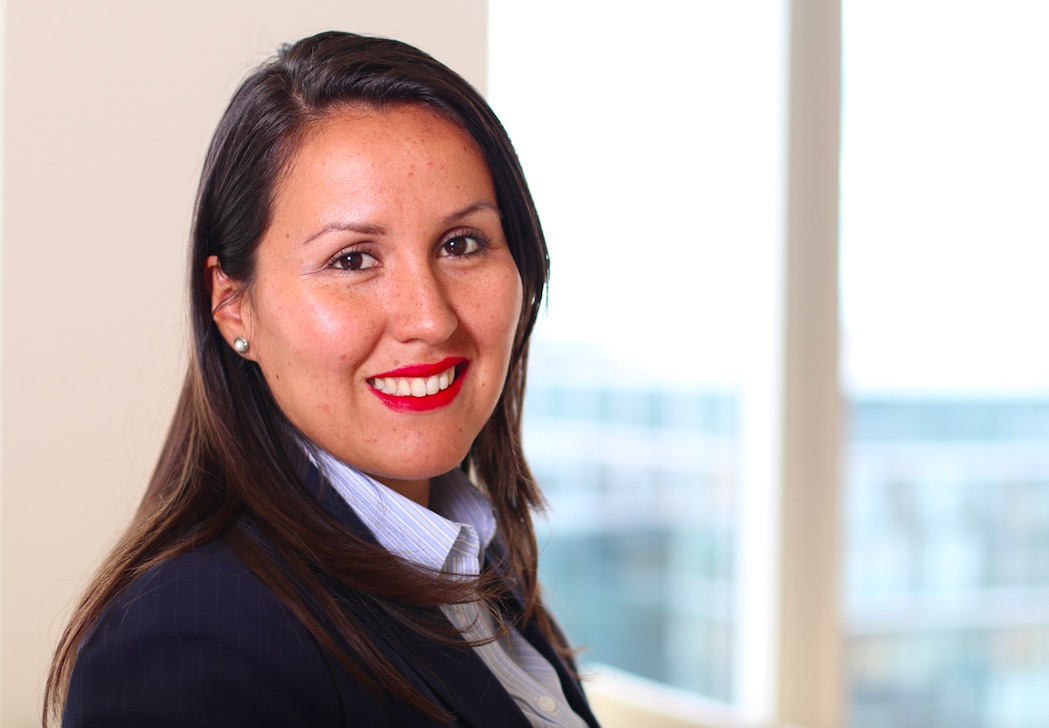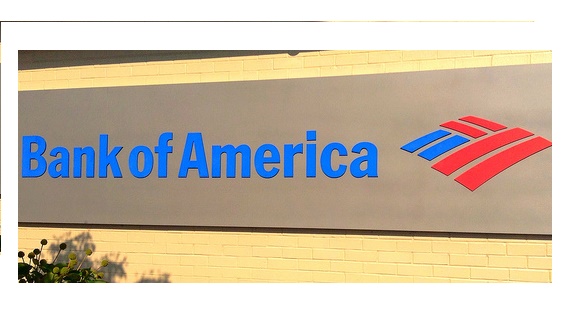The Summer Months Seem Prone to Market Setbacks
| By Fórmate a Fondo | 0 Comentarios

The old investment adage, ‘Sell in May and go away, come back again on St Leger’s Day’ seems more pertinent than usual this year. The summer months seem prone to market setbacks in thin trading conditions. This time around not only are there some clear event risks on the horizon, but also market liquidity is likely to be even worse than usual, explained John Stopford, co-Head of Multi-asset at Investec.
The key risks are probably the threat of Greek default and of higher interest rates in the US. “To some extent, these possible events must already be partly in the price, because they are known. It is unlikely, however, that they are fully priced in as their likelihood remains uncertain and their market impact is unclear”, said Stopford.
In the case of Greece, investors appear to still put a high probability on a default being avoided. This assumes that fear of the consequences of default will force an 11th hour compromise between the institutions and Greece. The rhetoric of late, unfortunately, suggests that the risk of an accident is rising. Even if a deal is struck it may only to buy a little time for further negotiations, and would need to be passed by unpredictable parliaments and possibly electorates.
Greece is too small to have major direct economic ramifications for the global economy, and now that the ECB is buying government bonds, there is more support for peripheral markets. “At some level, however, Greek default and possible Euro exit would mark a failure of European monetary union. This should leave investors feeling less comfortable about holding other Southern European debt, at least without a higher yield premium”, point out Investec expert.
A near-term tightening of US monetary policy is seen, more so than Greek default, as quite likely. Despite this, the bond market continues to price the balance of risks towards a more dovish outcome. Investors are conditioned by post crisis experience, perhaps, to expect the FOMC to err on the side of caution. Labour market data, however, suggest that spare capacity is being used up quickly and the Fed board is in danger of falling behind the curve. Historically, said Investec the bond market has been slow to price in possible interest rate increases until they are imminent, and then the market has tended to over react.
“So the potential for a negative market reaction this summer to either event seems reasonably high, with a likely spill over into broader market volatility. The fear is that any sell-off will be exaggerated by poor liquidity, especially in bond markets. Trading volumes have been negatively impacted by market regulation which has reduced the ability and willingness of investment banks to make markets. Liquidity is likely be further diminished over the next few months, by the absence of many risk takers from their desks over the summer holiday season”, argued Stopford.
As a consequence, it seems prudent to take some risk off the table, or to buy protection. Any weakness, however, will probably be a buying opportunity as risks become more fully priced in. This is especially true for equity markets, where volatility tends to cause corrections rather than marking the end of bull markets.









